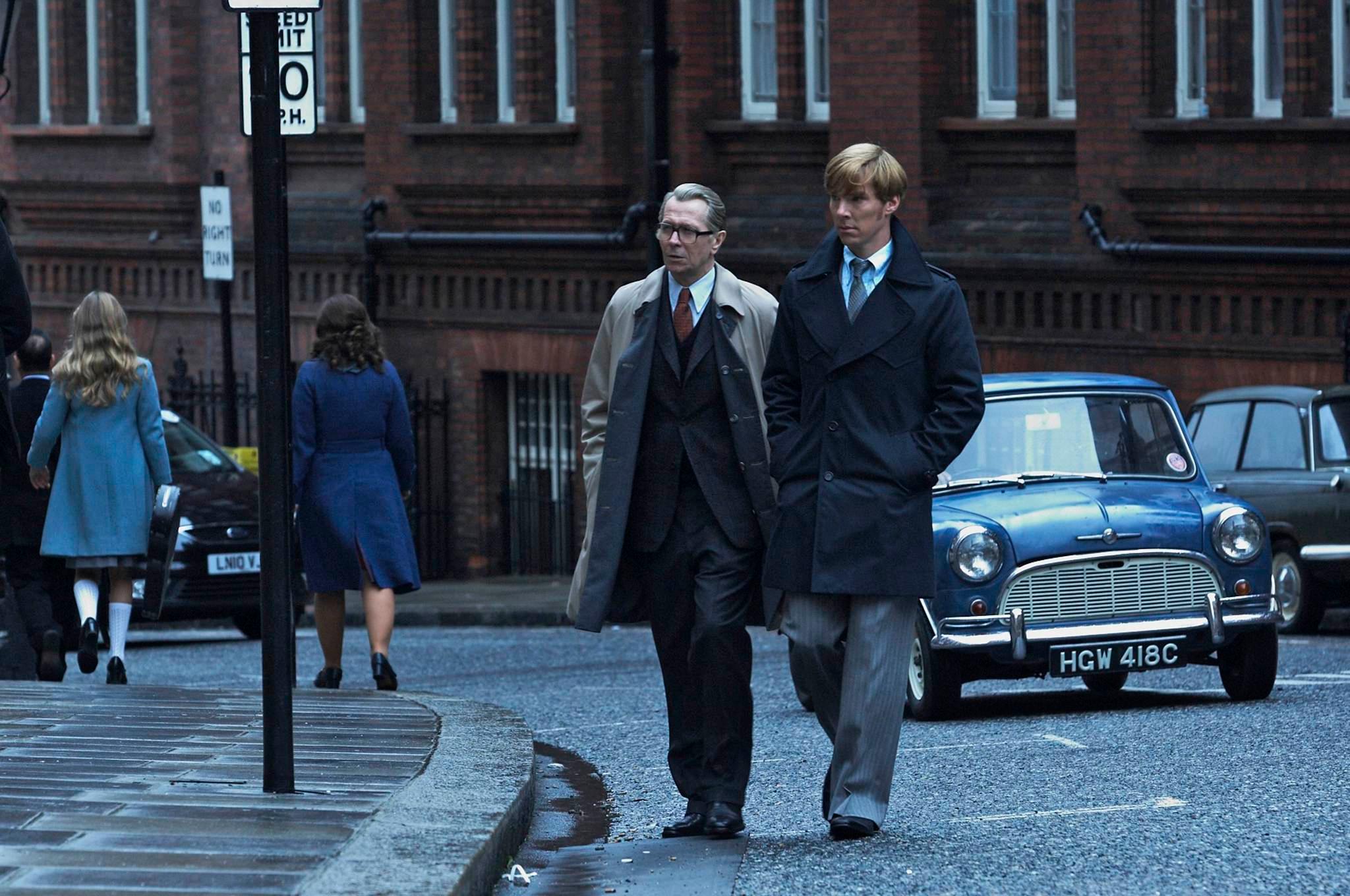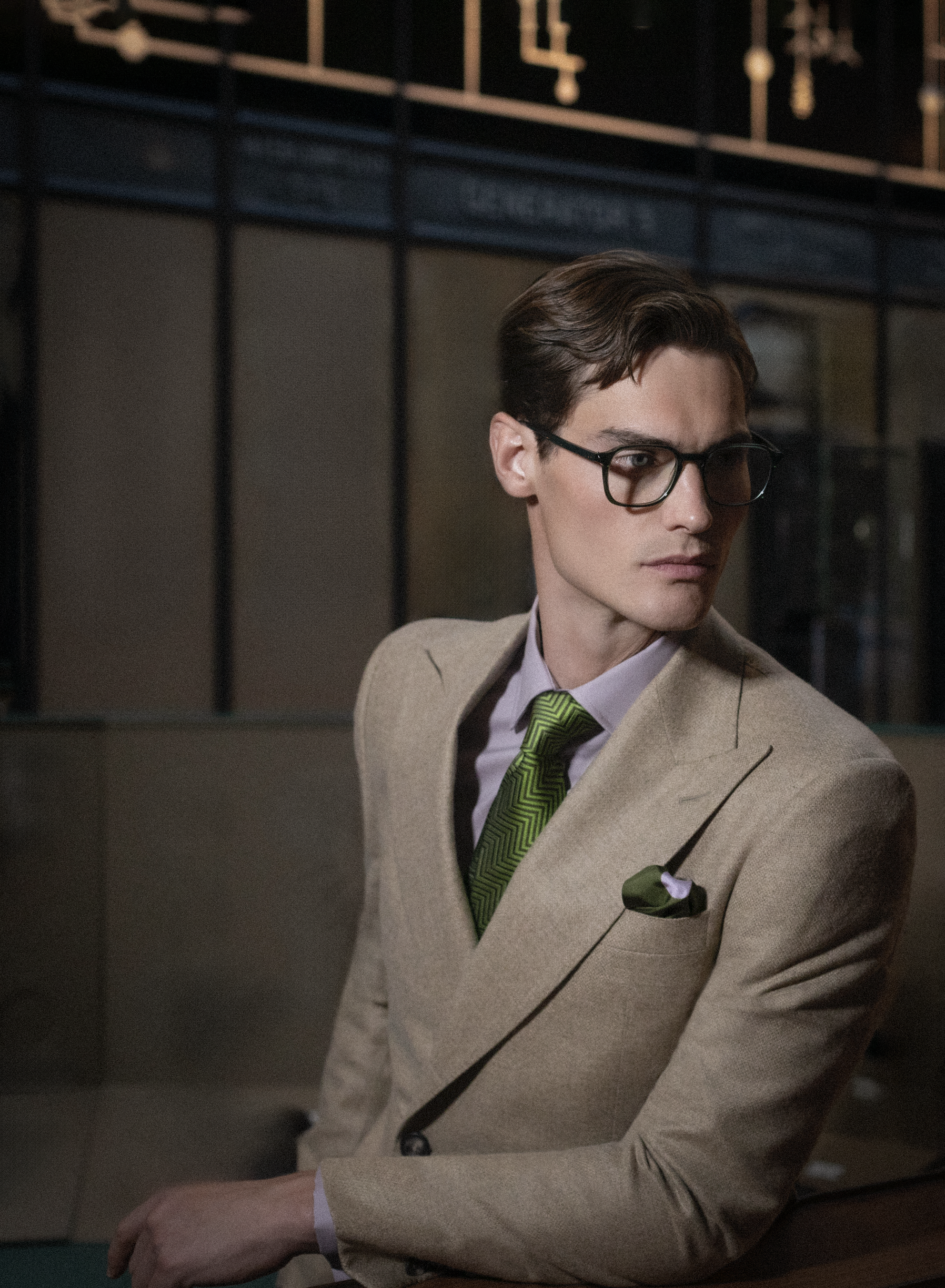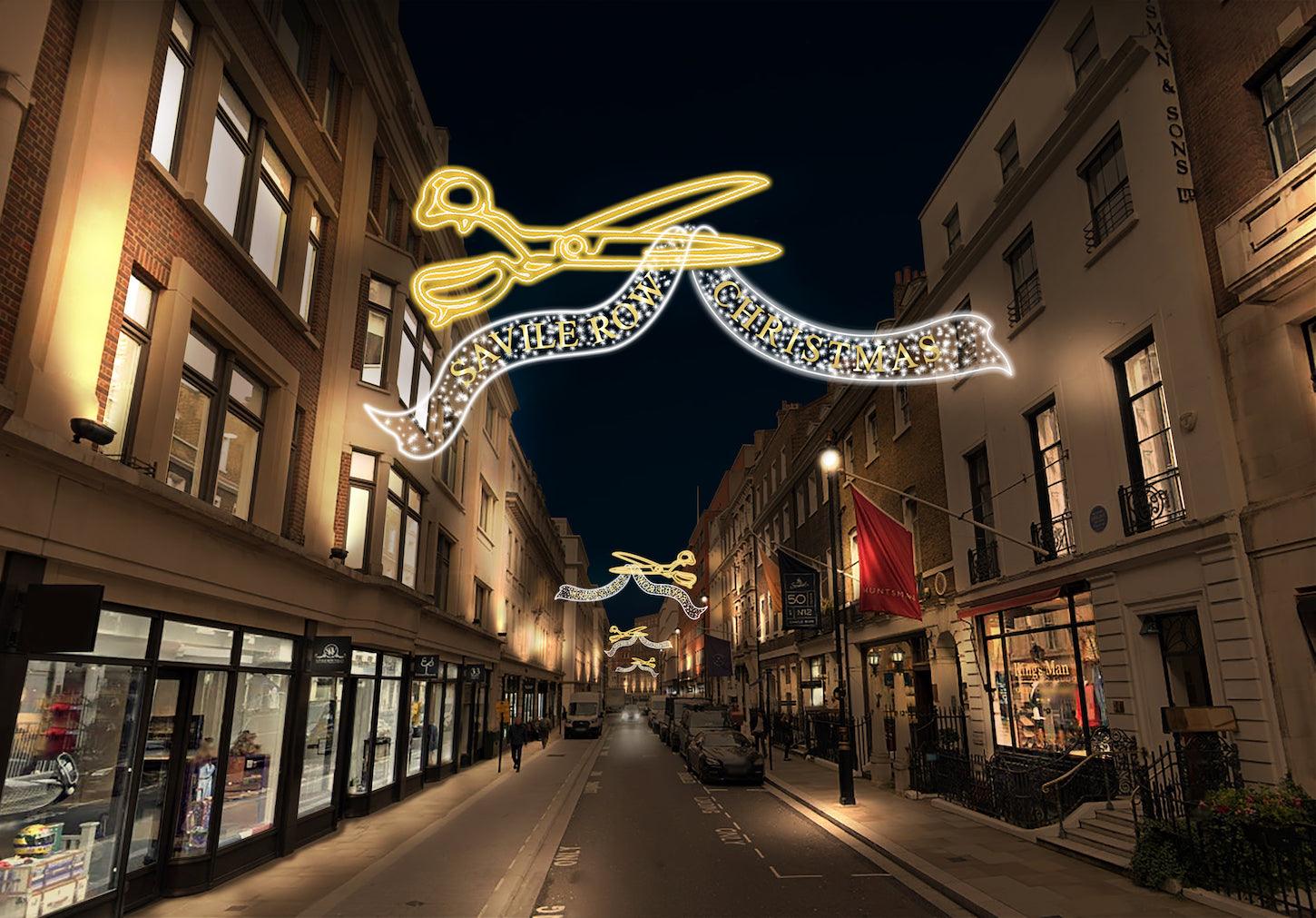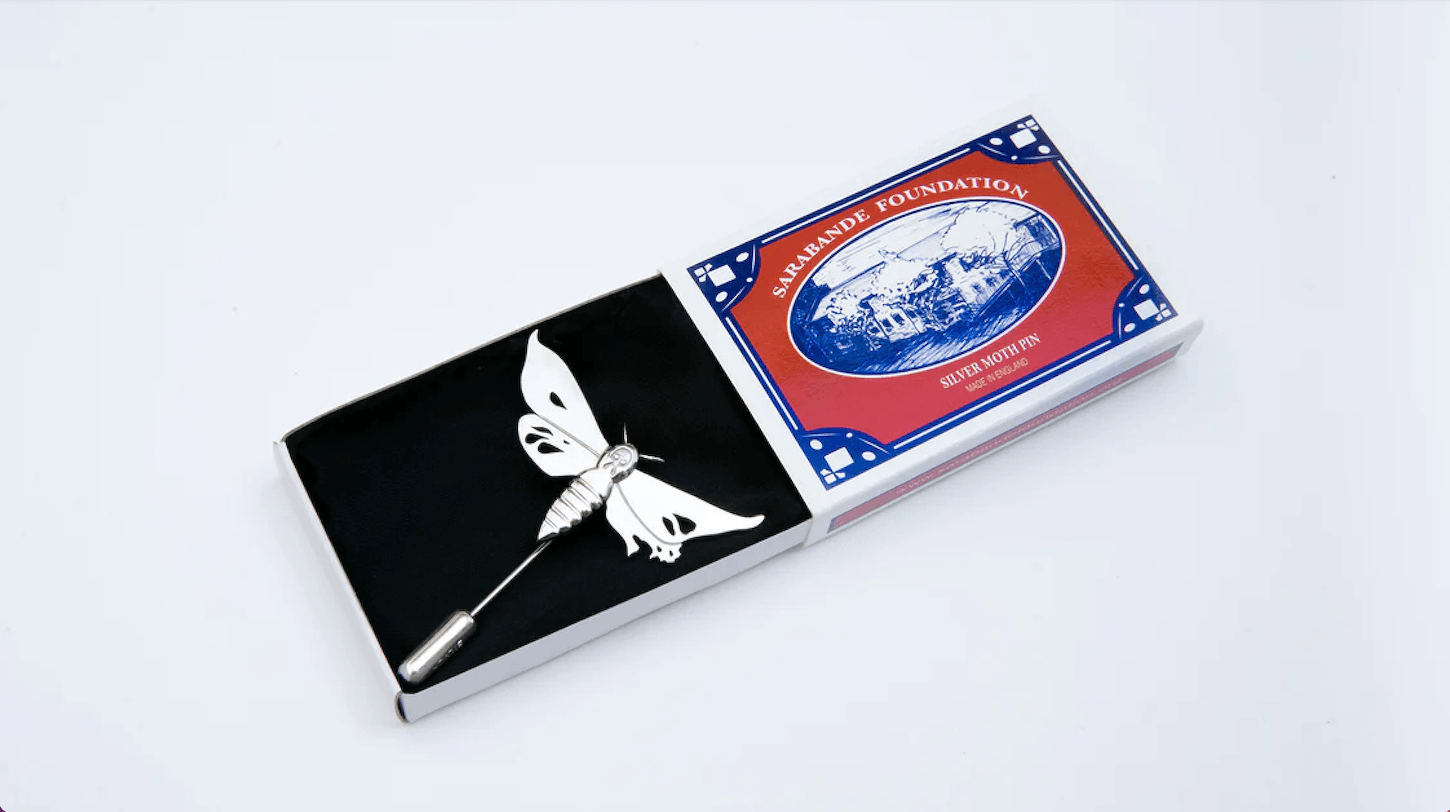
The Begrudging Elegance Of Tinker Tailor Soldier Spy
With our AW23 Covert collection in mind, I have been revisiting some of the big screen's best offerings within the grainy, classified world of the Cold War. To quote Lenin, “There are decades where nothing happens; and there are weeks where decades happen." Indeed, it could be argued that the three decades following the end of the Second World War were the three most tumultuous weeks in recent history. The period left its stain on the world socially, economically and politically, but also had a huge impact within the arts. Contrasting subcultures sprang up out of excess and hedonism and poverty and despondence alike. The Beat Generation, Teddy Boys, Mods, Rockers, Skinheads, Hippies, Punks… In the mid-‘70s Berlin became the undoubted capital city for budding bohemian souls and artists, attracting the likes of David Bowie and Iggy Pop. At the same time in Britain there were great advances within the arts and music, but within the corridors of Whitehall, certain men continued to tick along unchanged, undeterred by the world outside. And it is these men and their tailoring that so shines in the first film I revisited…

Tomas Alfredson’s 2011 Tinker Tailor Soldier Spy (above) is a take on John Le Carré's 1974 novel of the same name. The book was critically acclaimed and sold well, but it was the '70s BBC television series starring Alec Guinness that introduced the masses to the shady world of the security services and its correspondingly reticent characters. The snaking story follows Guinness’s recently retired George Smiley, who is lured back to MI5 to investigate a suspected Russian mole at the highest level of the British security service MI5, or, as its denizens refer to it, The Circus. Smiley’s famous thick-rimmed glasses and bowler hat beautifully encapsulated the essence of the man and the era he belonged too. And the series’ muted aesthetic and deliberate pace perfectly captured the London of the period, ingraining the narrative into the British psyche.

Alfredson’s desaturated take on this world stars Gary Oldman in the role of Smiley (above), with the Oscar-nominated costume designer Jaqueline Durran entrusted to create the complex characters’ wardrobe. In an interview with the Guardian in 2011 Durran explained the logic behind some of her sartorial choices and how she wanted them to appear to have been made by the characters themselves: “I thought that lots of these middle-aged men had bought suits 10 or 15 years ago and stuck with them. I would look at a character and try to work out where they had bought their suit. Things from Savile Row, Jermyn Street, Fortnum & Mason and the Burlington Arcade…”
These men held extremely responsible roles within the upper echelons of the Civil Service and worked painfully long hours, so the fashion of the times might well have been the last thing on their minds. They were civil servants, after all. But the wardrobe choices for each character are portrayed beautifully throughout the film, and never in a dull or repetitious way. Impeccably tailored silhouettes in a traditional Savile Row cut are worn like armour. Heavier, texture-rich cloths such as tweed, flannel and herringbone are used beautifully, and the older members of the teams’ suits are ever so slightly (and correctly) ill-fitting and weathered. This minute detail gives the audience great insight into each of the individuals’ lives and personal journeys. Smiley’s slightly melancholic grey three-piece suit makes a few appearances throughout the film and is paired with a classic beige Aquascutum raincoat. Beige in spirit as in colour, it could be said. Bill Hayden (Colin Firth, below)) makes a truly anarchical statement for a civil servant of the day by pairing his rather louche Huntsman suit with a pair of ginger desert boots instead of the customary brogue or Oxford. A tell-tale sign of an Englishman with rebellion on his mind, perhaps?

Peter Guillam (below), however, completely encompasses the old school sentiment that Michael Caine (who played his own part in foggy Cold War cinema as Harry Palmer in A Funeral in Berlin and The Ipcress File) once eloquently voiced: “You should look at man and think he looks impeccably dressed, but have absolutely no idea why.” Guillam exerts true understated flamboyance whilst scurrying around the murky streets of 1970s London on the orders of his puppet master Smiley. As Jacqueline Durran explains: “He’s younger than most of the men in the office. I wanted the character to look as if he were interested in clothes and had recently bought a fashionable suit: a trimly cut and sharply structured three-piece ensemble in a mid-grey chalk stripe with a wide lapel. In short, it was the perfect illustration of the proposed visual cue, one that said he likes to experiment a little more.”

The ever so slightly flared silhouette of Guillam’s trousers (below) are just right for the man, the decade, and the job in which he is embroiled. And this dash of ‘70s flare (excuse the pun) combined with the choice of such an unflinchingly English cloth as a mid-grey chalk stripe, arrives at a beautiful contradiction. His lapels are just that bit wider too, which gives balance to the whole suit. The effect is fun, yet appropriate for the office. Formal, yet sexy, which is something a good suit should always make you feel. The emboldened Guillam also experiments with colour more than the other characters by accessorising his suits with light blue and paisley ties and contrasting pocket squares. And despite his youth he dons a waistcoat on multiple occasions, which surely would have been perceived as outdated at the time. What these incremental details signal is a conflicted character: a man who is not fully at ease with the establishment world in which his career has entangled him.

We could all take some pointers from Guillam’s look. His personal style, undeniably elegant, is of Savile Row origin and, playful with colour and cut, not unlike Richard James’s. Not all of us are cut out for a fully-fledged 22-inch flare, but opting for a slightly fuller cut of trouser or a wider lapel on your jacket can be the difference between wearing a suit and expressing yourself.
The tailoring worn by each of the characters in Alfredson’s Tinker Tailor Soldier Spy is so carefully and expertly chosen that a begrudging elegance transcends the entire film. It imparts both a uniquely British kind of nonchalance and an innate naturalness. And when the credits roll you are left with the feeling that you have been observing real people with real lives in a very real world.
You can see our own new-season tailoring, which includes Guillamesque chalk stripes and wool flannel, here.




